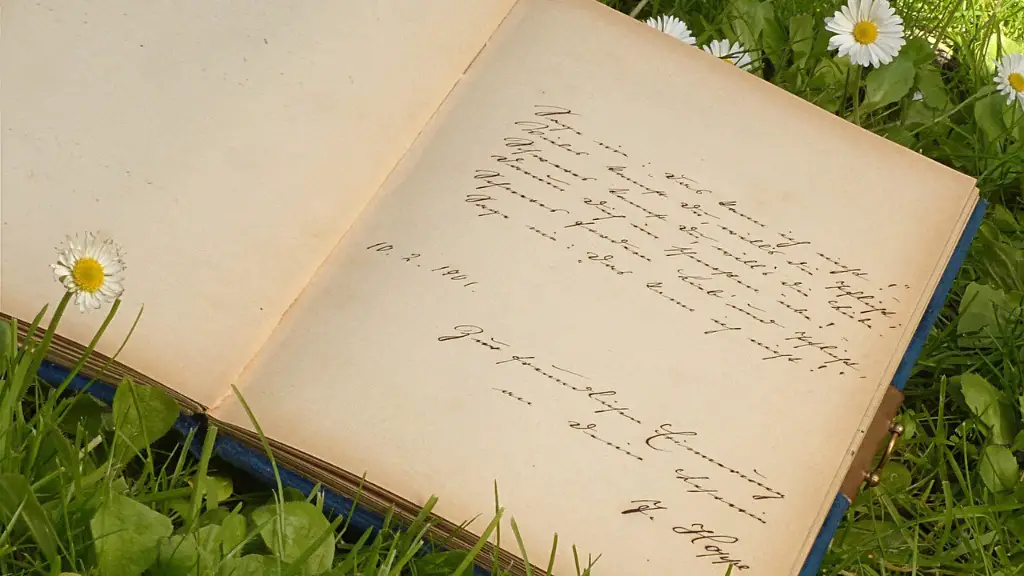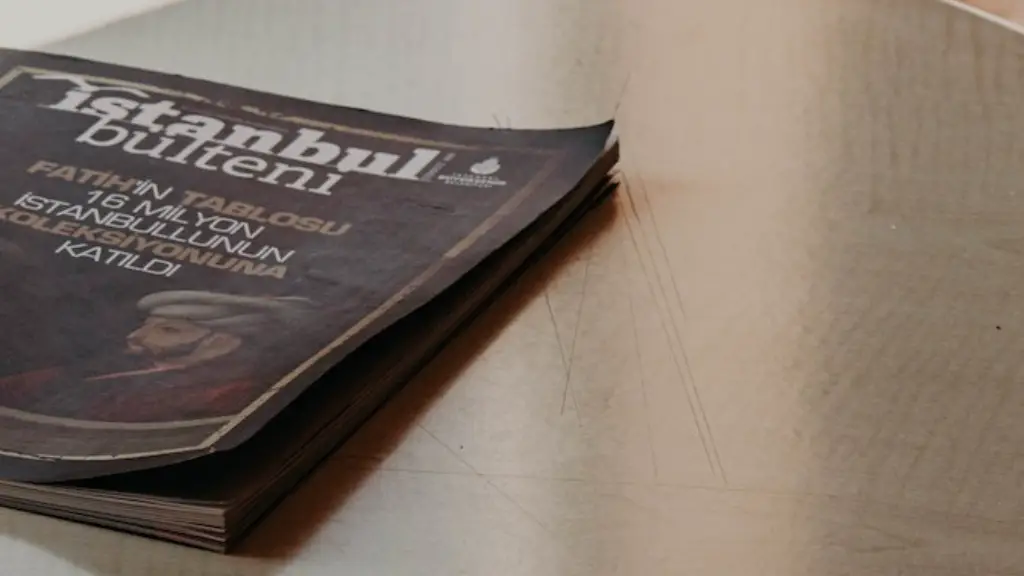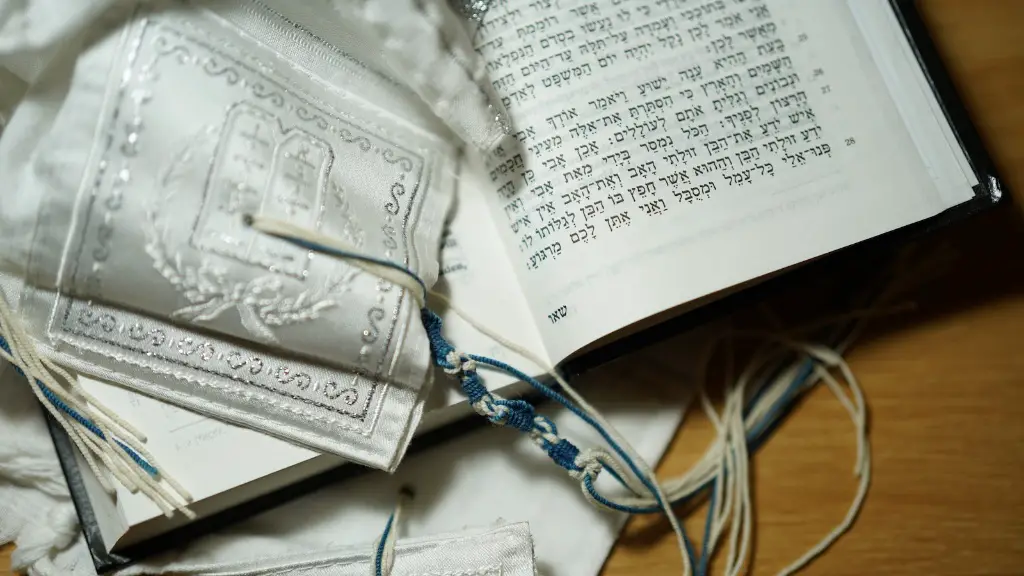Kids love to explore, creating and expressing themselves through the use of language, dance, visual art and music. Poetry is a fantastic way to introduce children to the beauty and power of language while also teaching them important social emotional, and literacy skills. For example, poetry promotes language development and encourages children to express their emotions, experiences and thoughts in creative ways. It can also help them become more self-aware in their own lives as well as in the wider world.
One of the best ways to introduce children to poetry is through reading it aloud. Not only can reading aloud be a great bonding experience for parent and child, but it provides children with an opportunity to engage in their own learning. By listening to the rhythms, rhyme and other stylistic elements of a poem, children can develop a deeper understanding of the poem and its overall meaning. It’s important to use simple language and rhythm when introducing children to poetry, as this will make it easier for them to understand and internalize the language. It’s also a good idea to keep the poems on the shorter side, as longer poems can be a bit overwhelming for young minds.
In addition to reading poetry aloud, it can also be useful to invite children to engage with the poem in a more active way. For example, you can ask them to use their creative minds and come up with their own interpretations of the poem. You can also ask them to make up their own stories or visual art pieces based on the poem. This type of exploration encourages more in-depth thinking and allows children to connect the poem with their own lives. It also gives them the opportunity to express their understanding of the poem in different ways.
When introducing children to poetry, it’s important to remember that it isn’t a stand-alone subject but rather a form of expression that can be used to understand and explore other aspects of life and the world around them. For example, poems can be used to explore topics from nature and science to history and philosophy. Furthermore, it is a great way to explore themes of identity, relationships, dreams, injustice and more, giving children the opportunity to see beyond their own lives and gain a deeper understanding of the wider world. By introducing children to these concepts through poetry, not only will they be learning about important topics in a creative and engaging way, but they will also be developing the language and literacy skills needed to succeed in the future.
Process of creating poetry
Understanding the process of creating poetry can be just as important as understanding how to read and understand it. As such, involving children in the poetry-writing process is a great way to engage them more deeply with the art form. To do this, parents and teachers can give children an open-ended prompt or theme to explore in their poem, or get them to draw inspiration from a particular poem or famous poet. Through this process, children will be encouraged to use their own literary devices such as alliteration, metaphor, imagery and rhythm to create their very own piece of poetry. This can be a great way to help them develop their creativity, communication and problem-solving skills. It can also help them to understand the power of language and how it can be used for expressing beauty and emotion.
Exploring poetry from different cultures
One of the best ways to introduce children to the power of poetry is by exploring poems from different cultures and countries. Reading poetry from other countries and cultures can give children a better understanding of life and its many different perspectives. It can also help them appreciate the diversity of language. Furthermore, it can be a great way for children to understand their own cultural heritage and gain insight into the world around them. It is important to choose poems that are appropriate for children’s age and maturity level so as to not overwhelm them with potentially challenging topics. It is also important to introduce children to a variety of different cultures so that they can appreciate the beauty and power of language in a variety of forms.
Encouraging participation
Organizing poetry competitions and events for children is a great way to encourage them to engage more deeply with the art form. Such events can include competitions for writing and performing original pieces of poetry as well as open mic nights for children to perform their own works in front of an audience. Such events can build confidence and provide children with a platform to express themselves creatively and explore the power of their own emotions. It can also be a great community-building experience and help them to understand the value of their own creativity.
Interactive poetry activities
There are also many interactive poetry activities that parents and teachers can use to engage children with poetry. One such activity is to invite children to create a storyboard of their own poem. This could include things like creating a digital collage, drawing pictures, writing down words and phrases or creating a video or audio recording of their poem. This type of creative activity can help children gain a deeper understanding of the poem itself as well as develop their storytelling and creative-thinking skills. Other activities can include writing haikus, couplets or limericks, or exploring different poetic forms. Such activities can help to inspire children to explore language in creative and exciting ways.
Using technology
In today’s digital world, using technology to engage children with poetry can be a great way to make learning more fun and exciting. There are now a range of educational apps that can help children to understand the power and beauty of poetry. Such apps can include interactive options such as creating their own poem or playing games that involve unscrambling and finding hidden words. Poetry-writing programs can also be used to create digital poems and to explore different poetic devices. Creating podcasts and videos of original poems can also be a great way to engage children with technology while also teaching them about the power of language.
Making poetry a part of everyday life
Making poetry a part of everyday life is an important step in helping children to truly understand and appreciate the art form. Encouraging children to write poetry about their own lives and experiences can help to enhance their imaginative and creative thinking. Parents and teachers who are looking for ways to introduce poetry to their children can also find inspiration from the world around them. Listening to songs and listening to stories with poetic elements are both great ways to encourage children to explore their creative sides. Finally, attending poetry readings and sharing poems out loud with friends and family can be a great way to have fun while also teaching children about a new art form.
Finding the right tools
As with any art form, it is important to ensure that children have access to the proper tools and resources when it comes to poetry. This can include sourcing books and other materials that feature poetry written by a variety of authors and featuring a wide range of topics and styles. It is also important to find resources that are appropriate to the children’s age and maturity level. There are also websites and forums that can provide helpful advice and resources for teachers and parents who are looking to introduce poetry to children.
Understanding the significance of poetry
Ultimately, understanding the significance of poetry and its many benefits can be just as important as understanding how to explore and create it. By introducing children to poetry, not only are they developing their creative and language skills, but they are also gaining insight into their own culture and the wider world. Poetry can help to inspire children to explore their imagination and express themselves in creative ways. It can also be a great way to build confidence, foster community and teach children about the power of language.
Using everyday objects to inspire creativity
Using everyday objects to inspire creativity is a great way to introduce children to the world of poetry. For example, parents and teachers can use everyday items such as sticks, leaves and stones to create haikus with the children. Asking children to use everyday objects as a starting point for their writing can help to open up their imaginations and encourage them to express themselves in poetic ways. Similarly, showing children how everyday items can be used as metaphors and symbols in poetry can be a great way to help them understand the power of words.
Exploring different forms of poetry
Exploring different forms of poetry is a great way for children to see the range of possibilities available to them when writing their own poem. For example, through exploring rhyming poetry, children can learn about syllables and the musicality of words. Through exploring forms such as slam, haiku and free verse, children can gain an appreciation for how thoughts and ideas can be conveyed in different ways. Exploring different forms can also help children to develop their own writing style and find their own unique voice.
The value of poetry
Ultimately, introducing children to poetry at an early age can be a great way to inspire and educate them about the power of language. Poetry has the ability to open up children’s imaginations and encourage them to explore their own thoughts and feelings. It can also be a great way to develop literacy and critical thinking skills. The beauty of poetry lies in its ability to give children a platform to express themselves freely and creatively in a way that can be both enlightening and empowering.



